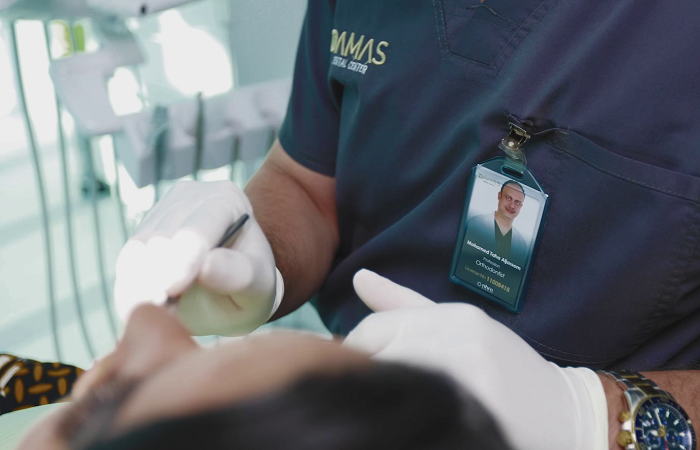What Exactly Is
Implants procedures?
The dental implant procedure is a surgical process that involves the placement of dental implants to replace missing teeth. Here is an overview of the general steps involved in the dental implant procedure:
1. Initial Consultation and Examination:
The first step is to consult with a dental professional experienced in implant dentistry. During this visit, the dentist will evaluate your oral health, including the condition of your gums, jawbone, and remaining teeth. They may also take X-rays, scans, or impressions to assess the structure and quality of the jawbone.
2. Treatment Planning:
Based on the examination and diagnostic results, the dentist will develop a personalized treatment plan. This includes determining the number and position of the implants needed, as well as any additional procedures required, such as bone grafting or sinus lifts if the jawbone lacks adequate density or volume.
3. Implant Placement:
The actual implant placement is performed during a surgical procedure. Local anesthesia or sedation is typically administered to ensure your comfort during the procedure. The dentist will make an incision in the gum tissue to access the jawbone and then carefully drill a hole to insert the implant. The implant is typically made of titanium and is surgically placed into the jawbone, serving as an artificial tooth root.
4. Osseointegration:
After the implant is placed, a process called osseointegration begins. This is the natural healing and integration of the implant with the jawbone. It usually takes a few months for the implant to fuse with the bone, providing a stable foundation for the replacement tooth or teeth.
5. Restoration: Once the osseointegration process is complete, the dentist will attach an abutment to the implant. The abutment acts as a connector between the implant and the final dental restoration. Impressions are taken to create custom-made dental crowns, bridges, or dentures that will be attached to the abutment. These restorations are designed to match the color, shape, and size of your natural teeth for a seamless and natural-looking result.
6. Follow-up Visits and Maintenance: Regular follow-up visits are essential to monitor the healing process and ensure the long-term success of the dental implant. The dentist will provide instructions on oral hygiene practices and schedule periodic check-ups to assess the health and stability of the implant. Proper oral care and maintenance, including brushing, flossing, and professional cleanings, are crucial to maintaining the longevity of the implant.


It’s important to note that the exact procedures and timeline may vary depending on individual cases and the need for any additional treatments. Your dentist or oral surgeon will guide you through each step of the implant procedure and provide personalized care to ensure the best possible outcome.




